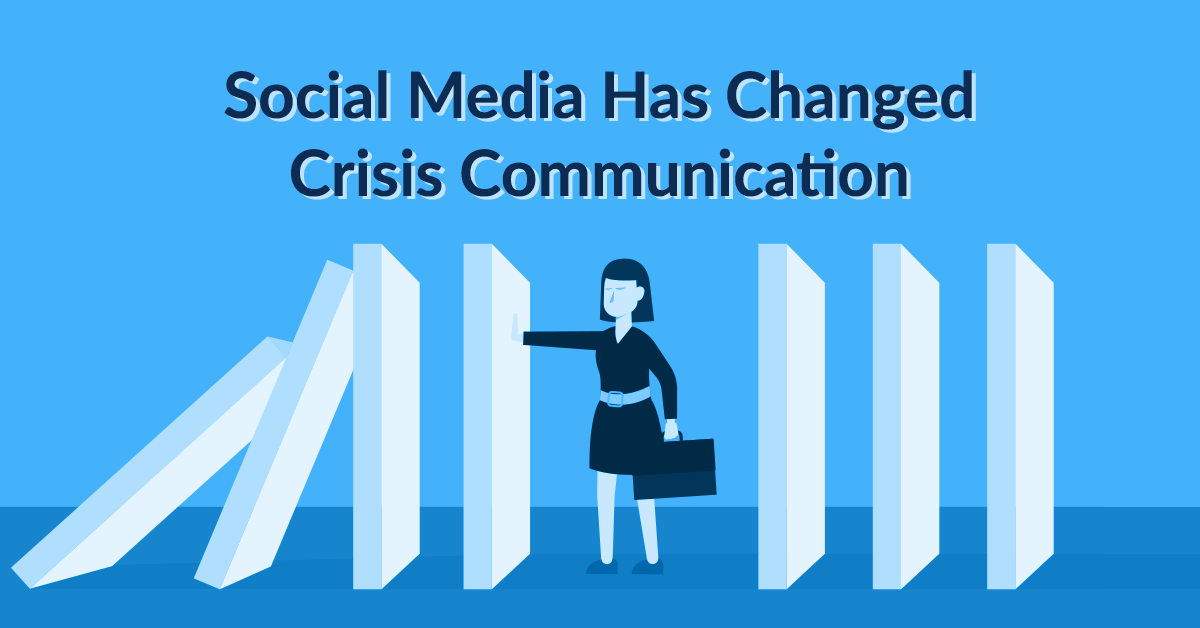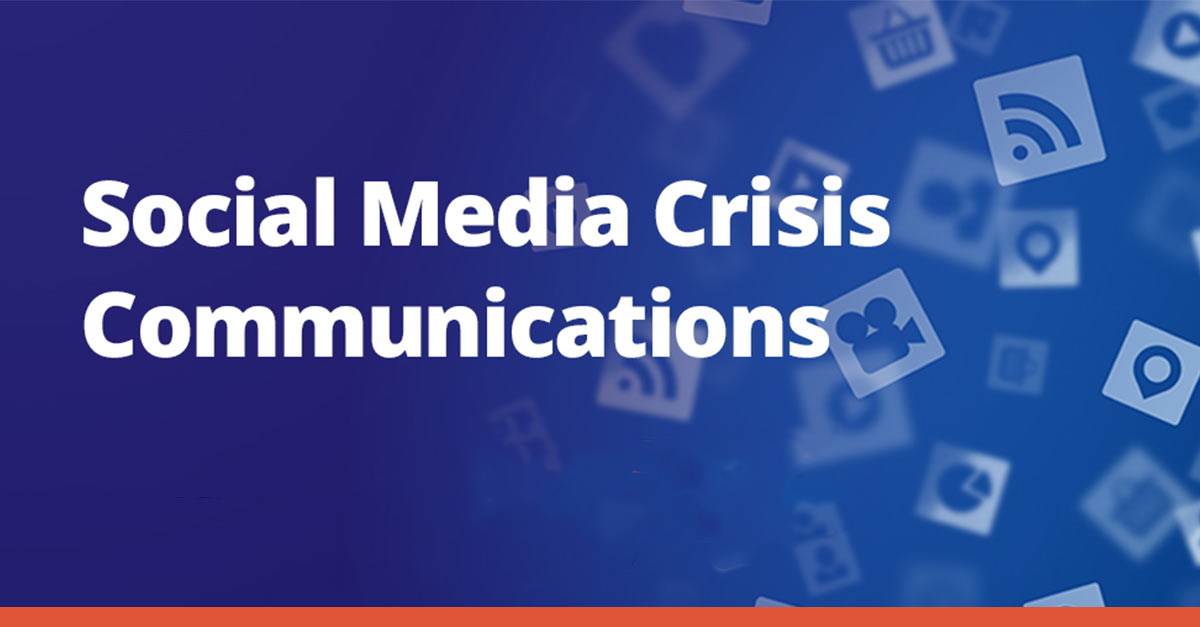In today’s interconnected world, where information spreads rapidly and opinions are formed with a click, organizations must be prepared to handle crises that arise on social media platforms. Social media crisis communication has become an integral aspect of modern public relations, requiring a strategic approach to address negative situations effectively. This article delves into the nuances of managing social media crises, offering insights and strategies for businesses to weather the storm and emerge stronger.
Understanding Social Media Crisis Communication

A social media crisis refers to a situation where negative information about an organization spreads rapidly on social platforms, potentially causing reputational damage. This can stem from customer complaints, employee misconduct, product recalls, or external events impacting the brand.
The Impact of Social Media Crisis Communication
Social media amplifies crises by magnifying their reach and intensity. What was once a local issue can swiftly become a global concern. This demands a proactive stance in crisis management to avoid escalation.
Key Components of Effective Crisis Communication
- Quick Response: Timely addressing of the issue minimizes its impact.
- Transparency: Openly sharing information prevents rumors and misinformation.
- Consistent Messaging: All communication channels should convey the same message.
- Designated Spokesperson: A credible spokesperson maintains control over the narrative.
- Apology if Necessary: Acknowledging mistakes humanizes the brand.
Creating a Social Media Crisis Communication Plan
A well-prepared plan involves:
- Identifying Potential Crises: Anticipate possible scenarios.
- Roles and Responsibilities: Assign tasks to team members.
- Messaging Templates: Craft pre-approved responses.
- Media Monitoring: Stay informed about the situation’s development.
Real-life Examples of Successful Social Media Crisis Communication
- Airbnb: When a host’s property was vandalized, Airbnb addressed the issue promptly, compensating both the guest and the host.
- Tesco: The supermarket giant handled a contamination scare by immediately removing affected products and engaging with customers transparently.
The Role of Leadership in Crisis Mitigation
Leaders must take charge, display empathy, and offer solutions. Their involvement reassures stakeholders and demonstrates accountability.
Utilizing Social Listening Tools
By employing tools like AIM Insights and Brandwatch, companies can track conversations and detect potential issues before they escalate.
Responding Promptly and Transparently
A swift, transparent response shows the brand’s commitment to resolving the issue and builds trust with the audience.
Turning Crisis into Opportunity
A well-managed crisis can enhance a brand’s reputation by showcasing its ability to handle challenges effectively.
The Human Touch: Empathy in Communication
A compassionate response humanizes the brand, showing that it values its customers’ concerns.
The Aftermath: Rebuilding Trust
After the crisis subsides, the focus shifts to rebuilding trust through consistent engagement and positive actions.
Measuring the Effectiveness of Crisis Communication
KPIs like sentiment analysis, engagement metrics, and shifts in public perception help gauge the success of crisis communication strategies.
Continuous Improvement and Learning
Every crisis offers valuable lessons. Regularly updating the crisis communication plan and conducting post-crisis analyses are vital.
Conclusion
In the digital age, mastering social media crisis communication is non-negotiable for businesses. With the right strategies and a customer-centric approach, organizations can not only weather the storm but also emerge as stronger and more resilient brands.
Ready to enhance your crisis communication strategy? Explore the innovative solutions offered by AIM Technologies. Request a demo today to discover how our cutting-edge tools can help you navigate social media crises with confidence.
FAQs
How can I prepare for a social media crisis?
- Develop a comprehensive crisis communication plan, identify potential crises, and designate a spokesperson.
What role does transparency play in crisis management?
- Transparency prevents the spread of misinformation and helps maintain trust.
Can a well-handled crisis actually benefit a brand?
- Yes, effectively managing a crisis can showcase a brand’s strengths and resilience.
How can social listening tools help in crisis management?
- Social listening tools help monitor conversations, detect early signs of crises, and track sentiment.
What should be the focus after the crisis is over?
- Rebuilding trust, engaging positively, and learning from the experience are crucial post-crisis activities.




